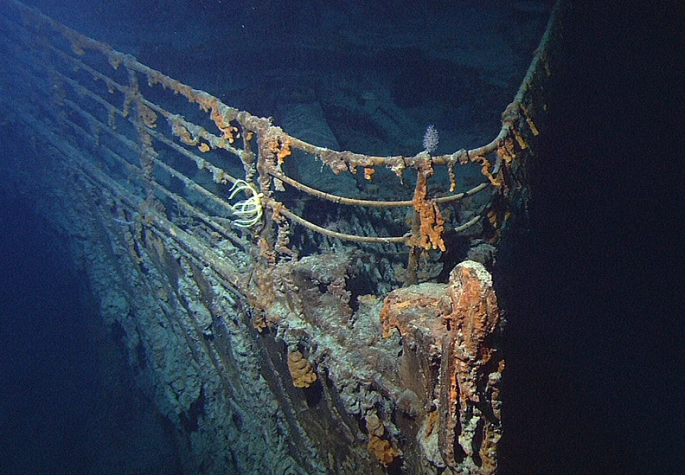The international community is gripped by the ongoing search for the lost Titanic submersible, Nemo. After its inexplicable disappearance in the North Atlantic Ocean, teams of experts are working tirelessly to locate and retrieve it.
The Nemo, a state-of-the-art submersible, was on a mission to explore the wreckage of the Titanic when it went off the grid. The last contact with the vessel was near the underwater resting place of the infamous ship. The mission had aimed to gather invaluable data about the current state of the Titanic and contribute to our understanding of the underwater ecosystem that has evolved around it.
"The disappearance is as mysterious as it is unfortunate," said Dr. Jane Smith, a marine archaeologist involved in the mission. "We're utilizing all available resources to find Nemo and bring it back safely."
As the search operation unfolds, several maritime organizations have offered their assistance. The collective effort reflects the global interest in this mission and the shared hope for a positive outcome. The operation's progress is being closely monitored, with updates stirring anticipation worldwide.
The submersible's disappearance has sparked discussions about the risks associated with deep-sea exploration. The incident underscores the need for robust safety measures and reliable communication systems, particularly in challenging environments such as the ocean floor.
While the search continues, the team remains hopeful. "We're not giving up," said Dr. Smith. "The technology and expertise we have are beyond anything we've had in the past. If Nemo can be found, we're the ones who can do it."



























